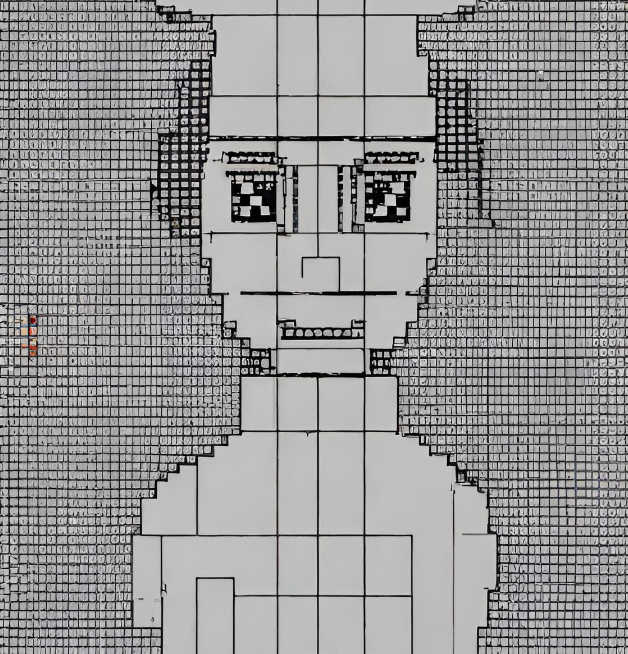145 reads
Non-Allocating Static Nonlinear Solvers for GPU Kernels: Speed and Efficiency
by
March 27th, 2025
Audio Presented by

We publish those who illuminate the path and make the intricate intuitive.
Story's Credibility

About Author
We publish those who illuminate the path and make the intricate intuitive.